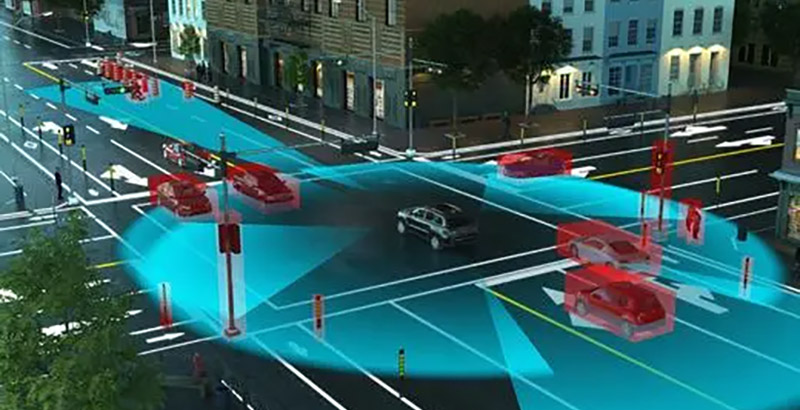Introduction
LiDAR (Light Detection and Ranging) is revolutionizing the way autonomous vehicles navigate industrial environments. By offering precise 3D mapping and real-time obstacle detection, LiDAR enhances the safety and efficiency of automated industrial vehicles.

How LiDAR Enhances Autonomous Vehicles
LiDAR sensors emit laser pulses to measure distances to surrounding objects, creating detailed 3D maps of the environment. This technology allows autonomous vehicles, such as forklifts and delivery robots, to navigate industrial settings with high accuracy. The real-time data provided by LiDAR enables these vehicles to detect obstacles like shelves, walls, and other vehicles, ensuring safe and efficient operation.
Applications in Industrial Settings
Autonomous vehicles equipped with LiDAR are increasingly used in warehouses, manufacturing plants, and distribution centers. For instance, LiDAR-equipped forklifts can autonomously transport goods while avoiding collisions with shelves and other obstacles. Similarly, delivery robots can navigate complex factory floors, performing tasks such as material transport and inspection with precision.
Advantages of LiDAR for Autonomous Vehicles
LiDAR offers several advantages for autonomous vehicles, including its ability to operate effectively in various lighting conditions and its high-resolution mapping capabilities. Unlike camera-based systems, LiDAR is not affected by low light or glare, making it suitable for 24/7 industrial operations.
Challenges and Solutions
The integration of LiDAR into autonomous vehicles can be challenging due to the high computational requirements for processing real-time data. Additionally, the cost of LiDAR sensors can be significant. Advances in technology, including more efficient data processing algorithms and reduced sensor costs, are helping to address these challenges.
Conclusion
LiDAR is enhancing the capabilities of autonomous vehicles in industrial environments by providing accurate and reliable obstacle detection. Its impact on navigation and safety makes it an essential component of modern industrial automation.


